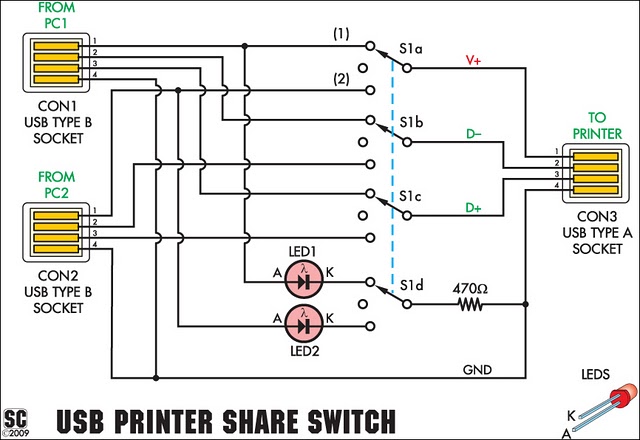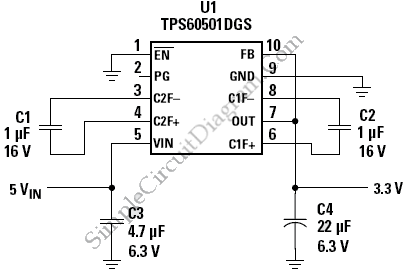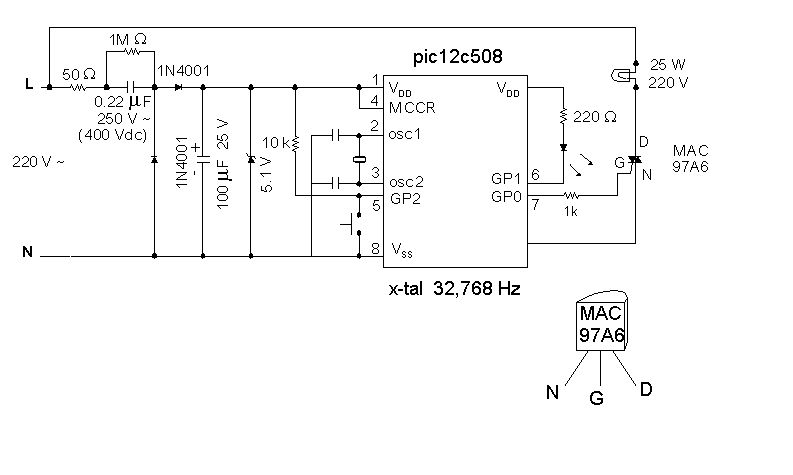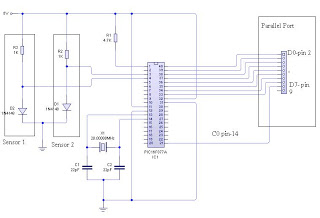
pic pgm usb programmer
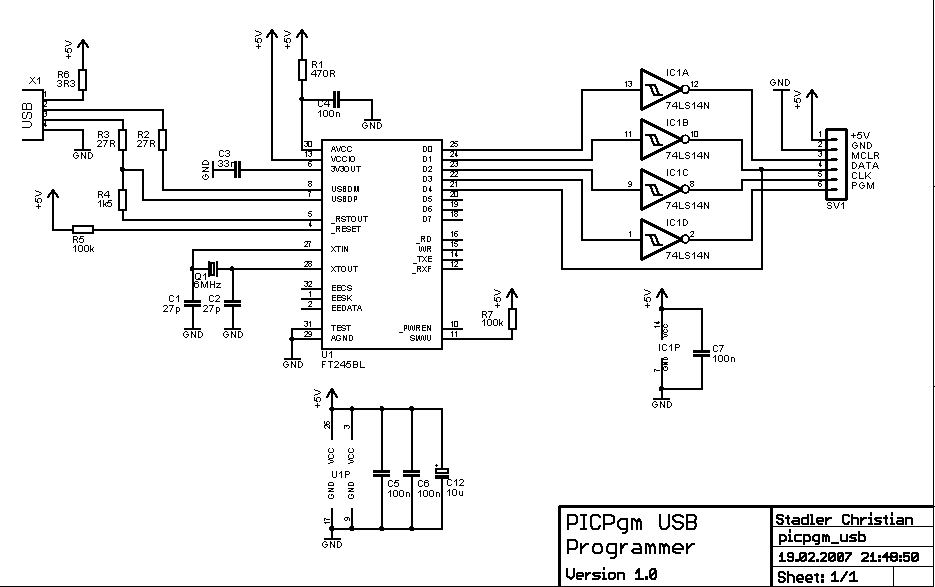
A Microchip PIC18F4550 microcontroller has been acquired, but there is uncertainty regarding its potential applications. Further research is needed to explore various possibilities for programming and utilizing the microcontroller, as well as integrating additional electronic devices with it.
The Microchip PIC18F4550 is a versatile 8-bit microcontroller that features a 28-pin package, suitable for a variety of applications due to its integrated peripherals and communication interfaces. It includes a 10-bit analog-to-digital converter (ADC), multiple timers, and support for I2C, SPI, and UART communication protocols, making it an excellent choice for projects that require interaction with sensors, displays, or other microcontrollers.
To effectively utilize the PIC18F4550, one approach is to start with basic programming using the MPLAB X IDE and XC8 compiler. Initial projects may include blinking an LED, reading analog values from sensors, or controlling motors. These foundational exercises can help in understanding the microcontroller's architecture and capabilities.
Once comfortable with the basics, more complex applications can be developed. For instance, integrating the microcontroller with a temperature sensor can lead to the creation of a simple weather station. The ADC can read the sensor's output, and the data can be displayed on an LCD screen or sent to a computer via UART for logging and analysis.
Additionally, the microcontroller can be connected to various peripheral devices, such as relays for controlling high-power equipment or Wi-Fi modules for IoT applications. This expands the scope of projects, allowing for remote monitoring and control.
In summary, the PIC18F4550 microcontroller offers a wide range of possibilities for electronic applications. By exploring various programming techniques and peripheral integrations, users can develop innovative solutions tailored to specific needs.I get a micro-controller (Microchip PIC18F4550 - the first micro-controller ever programmed and tested by me) but I didn`t know what to do with it next. So, search on Internet more ideas about possibilities to put an application on it, run it, and eventually attach more electronic devices near the micro-controller and in final..
🔗 External reference
The Microchip PIC18F4550 is a versatile 8-bit microcontroller that features a 28-pin package, suitable for a variety of applications due to its integrated peripherals and communication interfaces. It includes a 10-bit analog-to-digital converter (ADC), multiple timers, and support for I2C, SPI, and UART communication protocols, making it an excellent choice for projects that require interaction with sensors, displays, or other microcontrollers.
To effectively utilize the PIC18F4550, one approach is to start with basic programming using the MPLAB X IDE and XC8 compiler. Initial projects may include blinking an LED, reading analog values from sensors, or controlling motors. These foundational exercises can help in understanding the microcontroller's architecture and capabilities.
Once comfortable with the basics, more complex applications can be developed. For instance, integrating the microcontroller with a temperature sensor can lead to the creation of a simple weather station. The ADC can read the sensor's output, and the data can be displayed on an LCD screen or sent to a computer via UART for logging and analysis.
Additionally, the microcontroller can be connected to various peripheral devices, such as relays for controlling high-power equipment or Wi-Fi modules for IoT applications. This expands the scope of projects, allowing for remote monitoring and control.
In summary, the PIC18F4550 microcontroller offers a wide range of possibilities for electronic applications. By exploring various programming techniques and peripheral integrations, users can develop innovative solutions tailored to specific needs.I get a micro-controller (Microchip PIC18F4550 - the first micro-controller ever programmed and tested by me) but I didn`t know what to do with it next. So, search on Internet more ideas about possibilities to put an application on it, run it, and eventually attach more electronic devices near the micro-controller and in final..
🔗 External reference

